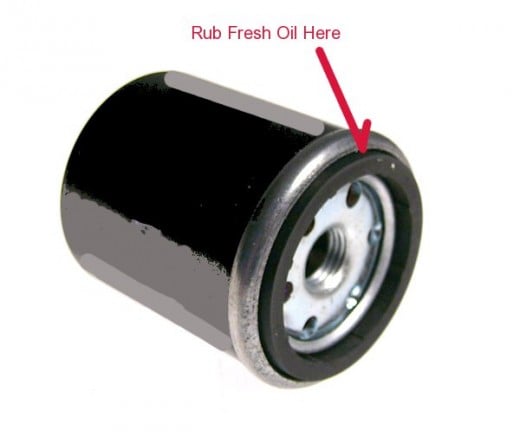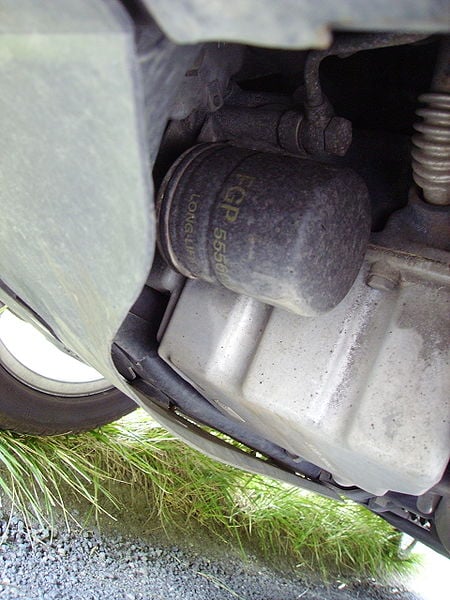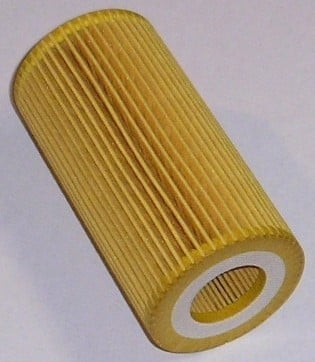The Fine Art of Changing Your Oil
Changing Your Oil
Changing the oil in your engine, be it gasoline or diesel, should be done every 5,000 to 6,000 miles.The reason is that the heat of the running engine breaks down the oil and it loses it's ability to lubricate. Once that happens engine damage is sure to follow.
I really don't recommend doing this for a number of reasons.
First, it's extremely messy. After years of servicing cars I have not yet found a way to keep oil off of my hands, clothes and body.
Second, you have to dispose of the oil and if you don't have a recycling place near you that can also be a real problem. Used oil contains toxins so dumping it into earth will guarantee that section of ground won't grow anything for decades or longer. Used oil will also eventually seep into the earth and reach the water table; bad news for anyone drinking or using that water.
Third, it's dangerous since you have to have the car off of the ground, level to the ground, and have to crawl under the car to reach the oil drain. I don't know about you, but I don't fancy having 2,000+ pounds of metal directly over me supported only by car jack-stands. What if the jacks fail or the car slips off of them.
Heck, I didn't like being under a car on a strong hydraulic lift designed just for that purpose.
Still, knowing how to do this even if you never do is not a bad thing.



The Steps
First, I take absolutely no responsibility if you are killed or injured attempting an oil-change. As I say above, a one ton (or heavier) car will mash you flat if it falls on you.
If that didn't frighten you then, that said you should warm up the engine so the oil is warm and flows more freely. Just warm is good enough; a too hot engine will cause you burns and frustration. Once you've done that you want to;
- Raise all four corners of the car so it's level to the ground. Of course, the ground you are doing this on should be level too. Use jacks stands which do not move from their locked positions. Do not use tire jacks as they flex too much to support the weight of the car or truck safely.
- Acquire a six quart pan to drain the oil into.
- Acquire four to six quarts of oil depending on the manufacturers recommendation for your car.
- Acquire an oil filter that meets your engine manufacturers recommendations.
- Secure a wrench that fits the drain plug.
- Secure a wrench that fits the oil filter.
- Position the pan directly under the oil plug.
- Loosen the plug; it may be hot. If hot let the car cool a bit (fifteen minutes or so) and try again when it's just warm.
- Once loose you should be able to remove the plug unscrewing it completely by hand and then remove it. Try not to be under the oil pan when you do this or you'll be dressed in black oil.
- Let the oil drain completely. This may take ten to fifteen minutes.
- While waiting for the oil to drain completely, unscrew the oil filter. Be careful. This thing is full of oil too and you could end up wearing the oil in the filter too. Once the filter is off put it in the same pan with the drained oil.
- Before screwing on the new oil filter rub a little fresh oil on the rubber ring on the filter. (see photo) This will ensure a good seal.
- Do not over-tighten the oil filter as this can damage the rubber ring. Hand tighten and then 1/4 turn after that with a filter-wrench is enough.
- Replace the drain plug. As with the filter do not over tighten the plug. 1/8 to 1/4 turn after hand tightening should be plenty.
- Lower the car to the ground and make sure the parking brake is set.
- Add oil to the engine. After the recommended number of quarts remove the dip-stick, wipe it clean, replace the dip-stick, wait thirty seconds and then remove the dip-stick again to check the oil level.
- Now, run the engine for about five to ten minutes. This will cause the fresh oil to circulate and fill the empty oil filter.
- Shut off the engine, wait about ten minutes (for the oil to run back to the pan) and check the oil level again. It should have dropped slightly due to the oil filling the formerly empty oil filter. Add oil until the level registers between the two holes on the dip-stick.
- Do not overfill the engine with oil. This is as bad for the engine as too little oil.
Oil should be changed every 5,000 to 6,000 miles! Changing your oil more often is a waste of oil, your money, and simply adds relatively good oil into the national pool of waste oil. In other words unless you are an off-road racer changing your oil more often is a waste of money.
Since many places will do this for you for between twenty and thirty dollars, including the price of the fresh oil, it's hardly worth the effort, trouble, risk, and mess.
Still it's an easy, if not dangerous job, and the sense of gratification is far better than $20 ~ $30.
Disclaimer
Anyone following the above steps should exercise extreme caution. Cars are quite heavy and their weight can easily break bones or kill. The author assumes no responsibility toward the reader of this hub regarding personal safety or simple common sense.
The author, LiamBean, does not own stock or other holdings in any of the companies mentioned in this article. LiamBean has not been compensated monetarily, with free products, or discounts on those products mentioned in this hub.










